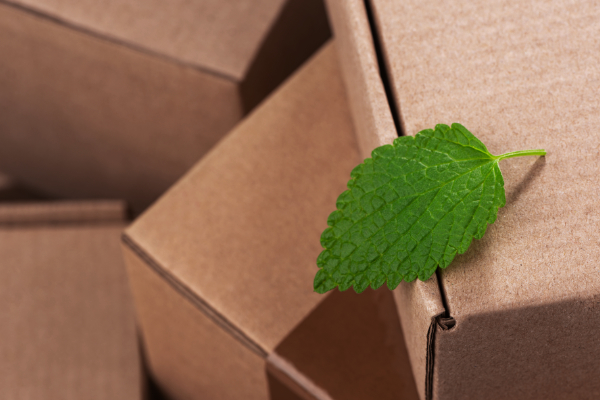Unveiling the Environmental Impact: Is Biodegradable Packaging Truly Better for the Environment?
2 min read
In recent years, the global push for sustainable practices has led to increased interest in biodegradable packaging as an alternative to traditional packaging materials. The concept of biodegradability suggests that these materials can break down naturally, reducing waste and minimizing environmental harm. However, it is crucial to delve deeper into the topic and assess whether biodegradable packaging is truly better for the environment. In this article, we will explore the various aspects of biodegradable packaging, its benefits, limitations, and its overall impact on the environment.
- Understanding Biodegradable Packaging:
Biodegradable packaging refers to materials that can decompose naturally through the action of microorganisms, such as bacteria or fungi, into simpler, non-toxic substances. These materials are typically derived from renewable resources like plant-based polymers or compostable materials. - The Benefits of Biodegradable Packaging:
2.1. Reduced Waste: Biodegradable packaging offers the potential to reduce waste accumulation in landfills, as it breaks down into harmless components over time.
2.2. Lower Carbon Footprint: Many biodegradable materials have a lower carbon footprint compared to traditional packaging, as they require fewer fossil fuel-based resources during production.
2.3. Renewable Resources: Biodegradable packaging often utilizes renewable resources, such as plant-based polymers, which can help reduce dependence on non-renewable resources like petroleum. - Limitations and Challenges:
3.1. Limited Biodegradability: Not all biodegradable packaging materials degrade at the same rate or under the same conditions. Some may require specific environmental conditions, such as high temperatures or industrial composting facilities, to break down effectively.
3.2. Contamination Concerns: Biodegradable packaging can contaminate recycling streams if not properly sorted, potentially causing more harm than good.
3.3. Production Impact: The production of biodegradable packaging materials may require significant energy and water consumption, as well as the use of chemicals for processing, which can have their own environmental consequences. - The Importance of Proper Disposal:
To maximize the environmental benefits of biodegradable packaging, proper disposal methods are crucial. Consumers must be educated on how to dispose of these materials correctly, ensuring they end up in appropriate composting or recycling facilities. - The Role of Innovation:
Continued research and development in the field of biodegradable packaging are essential to address the limitations and challenges. Innovations such as improved materials, enhanced biodegradability, and more efficient production processes can contribute to a more sustainable packaging industry.
Conclusion:
While biodegradable packaging holds promise in reducing waste and minimizing environmental impact, it is not a one-size-fits-all solution. Understanding the benefits, limitations, and proper disposal methods is crucial for maximizing its positive effects. As we strive for a more sustainable future, it is essential to consider biodegradable packaging as part of a broader approach that includes waste reduction, recycling, and responsible consumption.
